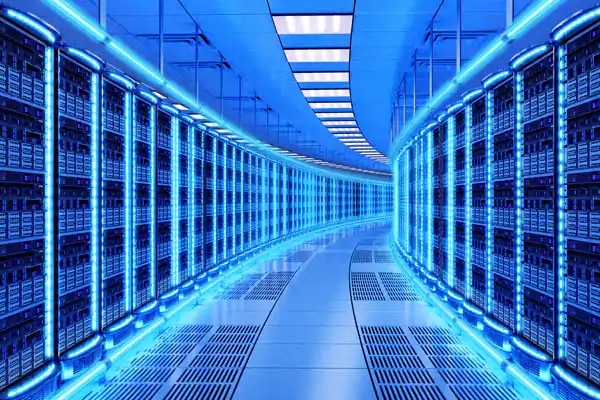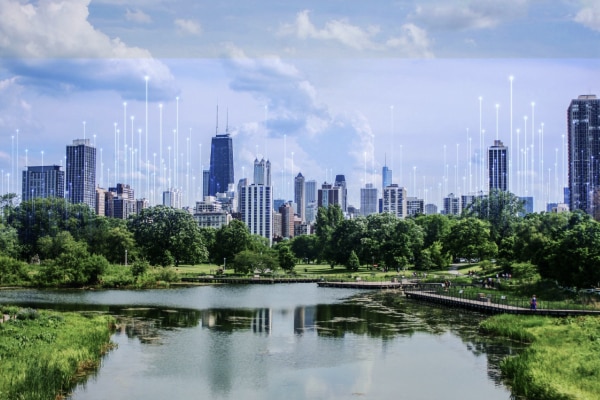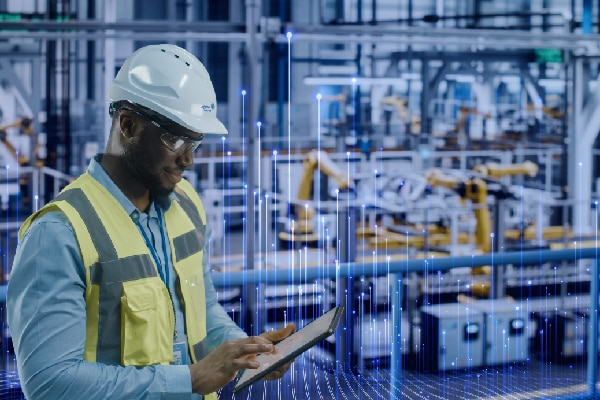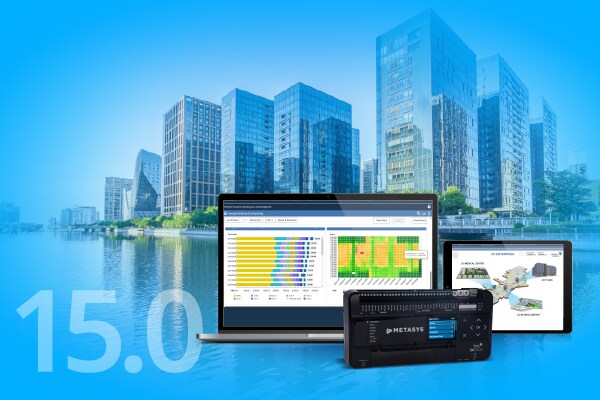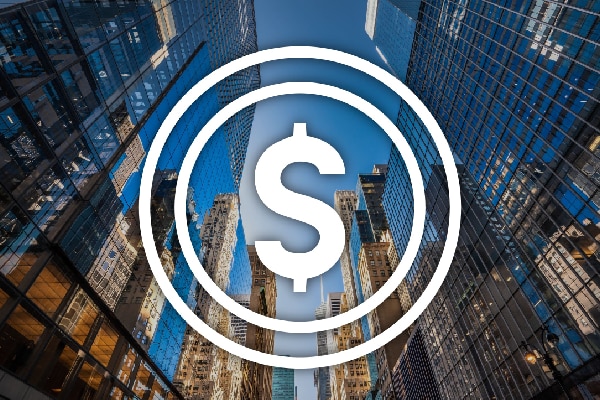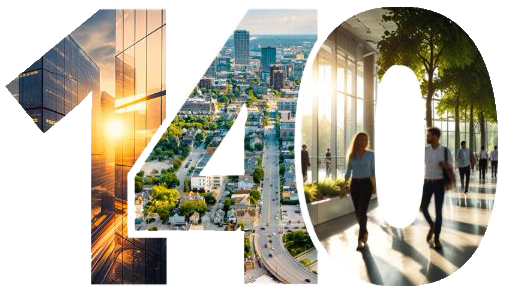- Johnson Controls
- Building Insights
- How the United Nations headquarters was smart before its time
How the United Nations headquarters was smart before its time
Built in the 1950s, the United Nations HQ dazzled with its modernist design – but it was the pioneering climate control technology behind the scenes that ushered in the age of smart buildings.

When people come together, creativity, intellect and passion collide. In the 1940s, it was such a meeting of minds that led to the construction of the United Nations headquarters – a significant milestone in our 140-year story.
The climate of consensus
Manhattan, 1953. A new kind of building rises on the East River. The United Nations headquarters – sleek, modern and unapologetically international. Designed by architectural greats Le Corbusier and Oscar Niemeyer. Land gifted by Rockefeller. Diplomacy rendered in glass and steel.
But beneath its striking façade lay a quieter story. One not of politics but of precision.
In the hey-day of post-war optimism, Johnson Controls – then Johnson Service Company – was already thinking ahead.
They installed over 2,500 thermostats across the Secretariat tower. One for every 33 square meters. Each regulating its own air conditioning unit. Together, they created a climate of control. Cool air. Calm minds. A system engineered for consensus.
This was before smart buildings became a buzzword. Before AI. Before sustainability became strategy. Johnson Controls was already shaping environments that supported clarity, comfort and collaboration.
From thermostats to thinking buildings
Today, that same ethos drives innovation.
Our award-winning OpenBlue platform uses AI and analytics to optimize energy, safety and sustainability. It delivers up to 10% energy savings and 155% ROI – with an average payback of just eight months.
Buildings that think. Systems that adapt. Environments that respond.
Celebrating 140 years of impact
From the UN to submarines. From skyscrapers to classrooms. Johnson Controls has helped the world breathe easier for 140 years.
As we mark our 140th anniversary, we’re not only reflecting on the past – we’re building the future – a future that’s smarter, safer, healthier, more sustainable.
Our motivation to innovate smart building technology is unstoppable. Discover more about how we can make a positive economic impact on your building today.








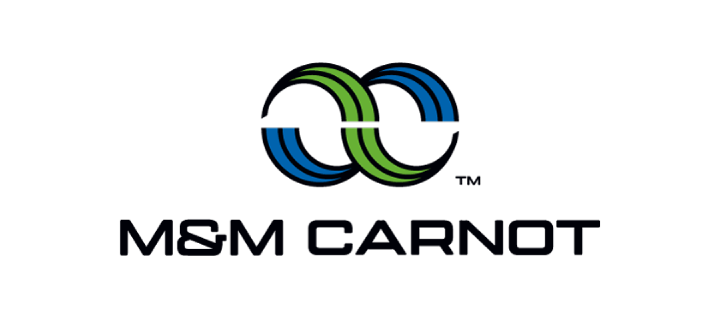






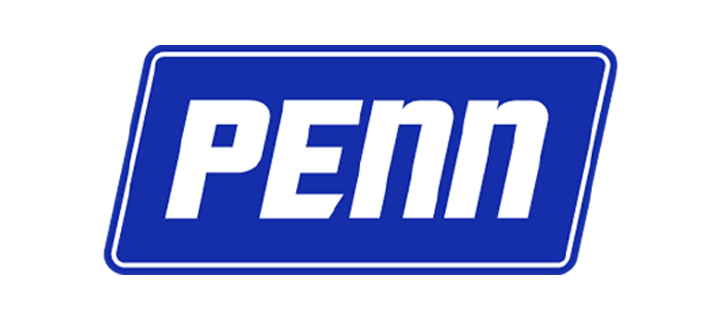

.jpg?la=en&h=320&w=720&hash=244C75B74F0F77521D56164450973BCD)

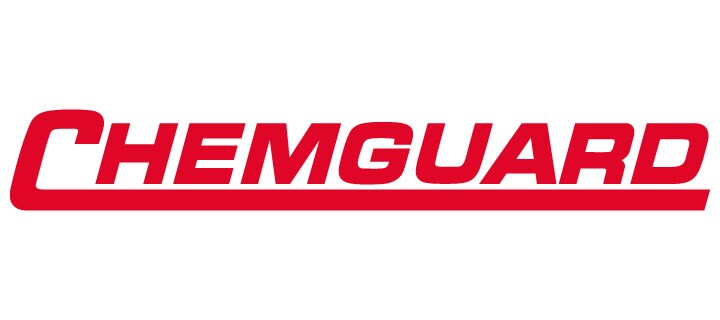
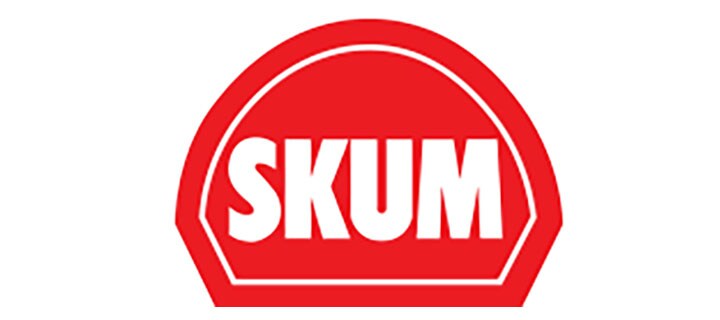


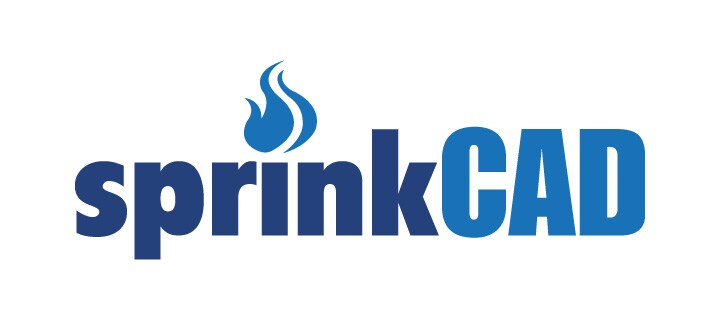
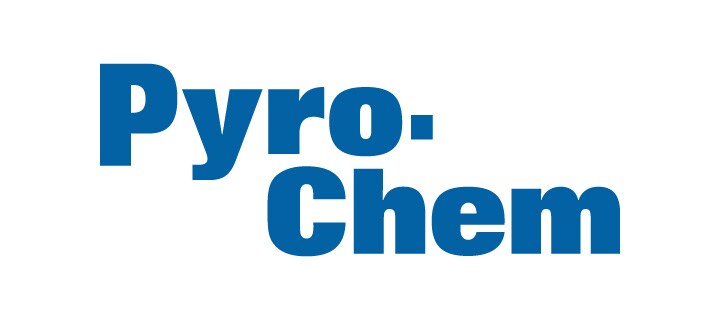







.jpg?la=en&h=310&w=720&hash=8D9823F26AA80B2B75C3E4B2E61770DC)


.jpg?la=en&h=320&w=719&hash=13CA7E4AA3E453809B6726B561F2F4DD)
.jpg?la=en&h=306&w=720&hash=F21A7CD3C49EFBF4D41F00691D09AEAC)

.png?la=en&h=320&w=720&hash=18CFCCD916C92D922F600511FABD775D)




